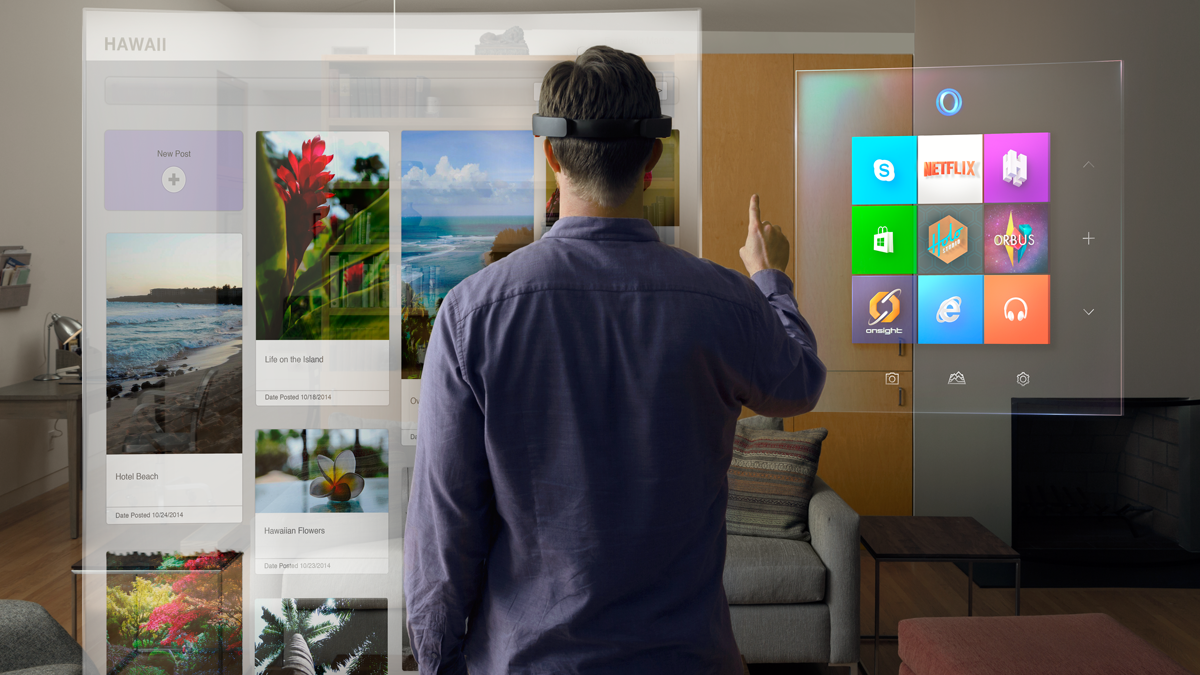Augmented Reality Ads: The Future Is Closer Than You Might Think

Augmented reality transforms advertising as we know it. Although the principles of a perfect advertising remain the same, digital advertising rises onto a new level of interactivity showing a new, very different direction of evolution. How?
Interactivity. This is what brands need to engage the audience and this is what AR ads do. No wonder, big companies with the focus on advertising like Facebook and Google have already announced their work on AR platforms which they plan to make open for development teams and content producers.
AR-based ads not just show a product, they allow to try it, literally. Potential customers can hold the product in their hands, view it from all angles, rotate it, zoom it or make an image while augmented reality helps them identify the benefits of the product.
AR promo apps can be an effective tool in company’s marketing campaign increasing brand awareness, customer engagement and eventually, sales. Also, most of the smartphone users are already acquainted with AR apps or at least have heard about them. Most definitely, they will know how to deal with a branded AR app. On the other hand, AR advertising will still wake interest due to technological novelty (unlike TV ads).
Where can be AR ads demonstrated? On every “smart” device (i.e., it must have a screen, a camera and operating system). Here is just a short list:
What can be the limitation of an AR advertising campaign? Imagination is the only limit. However, one should be aware when planning that ads brings added value to the campaign:
Augmented reality provides a powerful combination of visualization and interactivity enabling AR advertising to dramatically raise customer engagement and play the key role in the overall success of a marketing campaign making it serious instrument for sales and promotion.
